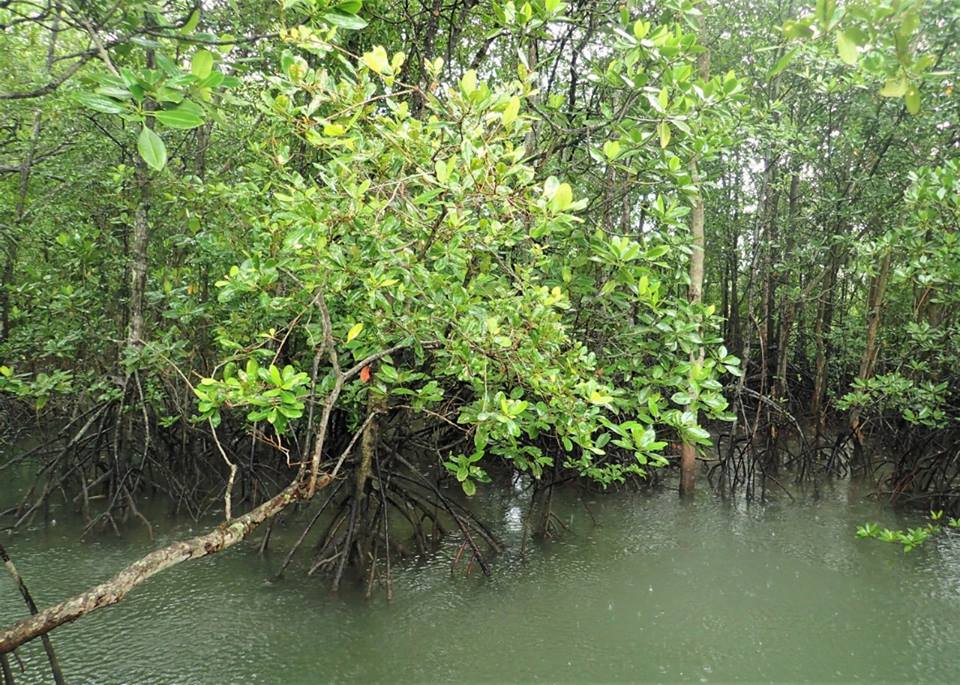Mangrove forests store high densities of carbon across the tropical urban landscape of Singapore
July 30, 2019

In the face of rising carbon dioxide levels, Associate Professor Daniel Friess (NUS Geography) et. al. assert that the conservation of mangroves is highly valuable for a land-scarce urban city such as Singapore. This is because mangroves are effective carbon storage systems that can offset our national carbon emissions without occupying as much land as other forest types.
The authors found that Singapore’s mangroves can store up to 450, 570 tonnes of carbon, which can help offset the average annual carbon emissions of 621, 000 Singaporeans. This amount, however, is set to decrease by 2030 as 33 percent of Singapore’s remaining mangroves are threatened by future land reclamation plans. This study can be used for Singapore’s reporting of carbon emissions required by the United Nations, and highlights how conservation and restoration of our mangroves are crucial for our increasingly urbanized environment.
The article, ‘Mangrove forests store high densities of carbon across the tropical urban landscape of Singapore’ (2016), was published in Urban Ecosystems.
Read it here.
